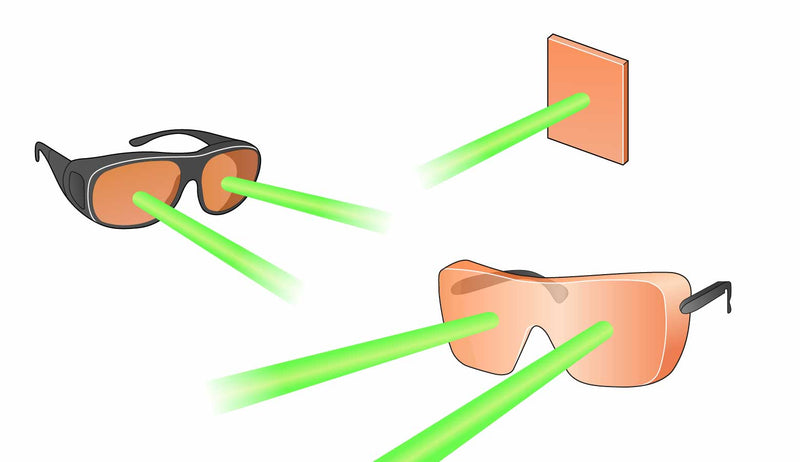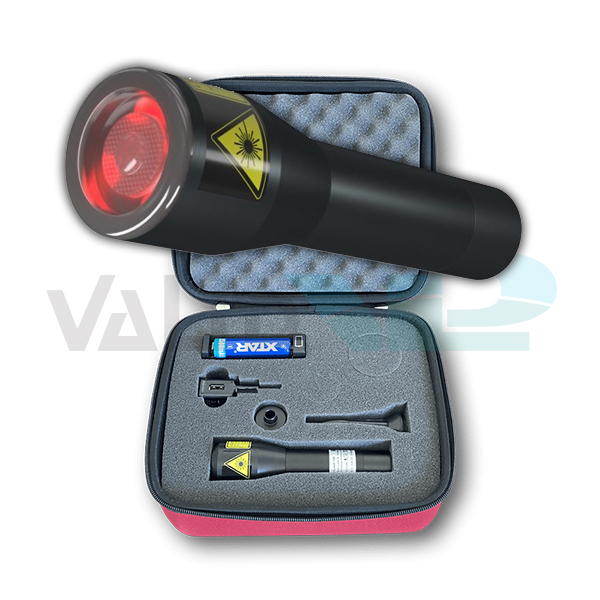Recommended Facts On Deciding On A Safe Laser Therapy
Wiki Article
How Can Safe Low-Level Laser Therapy (Lllt) Which Is Also Referred To As Low-Level Therapy Aid In The Treatment Of Respiratory Inflammatory Disease?
LLLT can reduce respiratory inflammation in several ways. LLLT can be used to alleviate symptoms of respiratory diseases such as bronchitis.
Bronchodilation – LLLT is known to relax smooth muscle cells within the airways. This results in the bronchodilation. This is beneficial for people suffering from respiratory disorders like COPD as well as asthma where the bronchoconstriction causes difficulty breathing.
Improved Circulation - LLLT boosts vasodilation and microcirculation that results in an increase in blood flow to the lungs and airways. Increased circulation aids in the delivery of nutrients and oxygen to tissues inflamed, allowing them to heal and reduce inflammation.
The immune system is boosted. LLLT is proven to enhance immunity by stimulating the production of cytokines and improving the process of phagocytosis. This happens when immune cells engulf and then destroy, pathogens. This may boost the immune system against respiratory infections, as well as reduce inflammation of the airways.
Reduced Mucus Prodution LLLT can help decrease excessive airway mucus through promoting mucus elimination and reducing inflammation in the respiratory tract. This can be especially helpful for people suffering with chronic sinusitis or bronchitis. Excessive mucus is a contributing factor to respiratory symptoms.
Alleviation Allergic Reactions – LLLT may be used for treating allergic rhinitis (hay fever), a condition characterized by an inflammation of nasal passages as well as the sinuses. LLLT decreases inflammation and improves immune function, which can help alleviate symptoms of allergies, including nasal obstruction, sneezing, or itching.
It is safe Laser low level laser therapy is a non-drug treatment that is non-invasive and helps to reduce the inflammation of the respiratory tract. It can provide relief from symptoms, as well as enhance respiratory functioning. It is recommended to speak with a physician prior to using LLLT for respiratory issues. It will guarantee that you get the right treatment and diagnosis. See the top lágylézer for blog recommendations including mozgásszervi betegségek kezelése, lágy lézer kezelés, lágylézer kezelés, orvosi lézer készülékek, mozgásszervi betegségek kezelése, gyógyító lézer készülékek, lagylezer terapia, orvosi lágylézer, laser lézer, lágylézeres készülék and more.

How Can Safe, Low-Level Laser Therapy Help Nose Problems?
Low-level Laser Therapy (LLLT) is an effective and safe method to treat nose problems. In cases of nasal rhinitis (inflammation of the nasal mucosa), sinusitis (inflammation of the sinuses), or allergic rhinitis, LLLT can reduce inflammation and associated symptoms such as nasal congestion, runny nose and sinus pressure.
Pain Relief - LLLT reduces the pain of nerve conduction by reducing. This may provide relief for those suffering from nasal pain.
Enhanced Tissue Repair- LLLT accelerates healing and repair of tissues through stimulating cell metabolism. In cases of nasal ulcers, mucosal injury to the nasal area, LLLT can help promote quicker healing of damaged tissues, reducing the risk of complications and improving overall health of the nasal.
Improved blood circulation LLLT increases the microcirculation via vasodilation. Increased blood flow is later directed to nasal tissues. Improved blood circulation helps deliver oxygen, nutrients, and healing agents to injured or inflamed tissues.
Reduced Nasal Congestion - LLLT has been shown to decrease nasal congestion through vasodilation, and also by reducing the inflammation of the nasal mucosa. This can prove to be beneficial for those suffering with chronic sinusitis, as well for those suffering from allergies rhinitis.
Management of Nasal Allergies- LLLT can help relieve symptoms associated with nasal allergies through reducing inflammation in the nasal passages and sinuses. LLLT assists in relieving symptoms like sneezing and nasal congestion by regulating immunity, decreasing the release of histamine, and other allergic mediators.
It is safe Laser low-level therapy is an effective and non-invasive treatment for nasal problems. It provides relief from nasal congestion, pain and inflammation. It's crucial to consult with a healthcare professional for appropriate diagnosis and treatment recommendations before using LLLT to treat nose problems. Take a look at the top safe laser 1800 for blog info including lágylézer készülékek, laser hu, lágy lézer vélemények, safe laser készülék, lágylézer hatása, lágylézer árak, mozgásszervi problémák, orvosi lágylézer, mozgásszervi problémák, lezer kezeles and more.

How Long Does It Take A Safe Laser Device To Take Effect On Dental And Oral Conditions?
Safe Laser low-level therapy (LLLT) which is utilized to treat dental and oral ailments, offers a broad variety of efficacy. This depends on aspects like the particular condition that is being treated, the extent of the condition, and the individual's response to the treatment. Typically, a number of LLLT treatments over a specific time frame is necessary to achieve the best results.
Type and severityThe degree and severity or dental or oral condition that is being treated will affect the number LLLT sessions. For instance, conditions like periodontitis or gingivitis might require different treatment strategies and a variety of LLLT treatments.
Individual Response to Therapy A person's overall oral health and immune function and healing ability can all influence the way they respond to LLLT. Certain people experience faster improvement and will respond more positively to the treatment. Others, however, may require longer treatment.
Treatment Protocol - The treatment plan recommended by a dentist specialist plays a crucial influence on the number and frequency of LLLT sessions for oral and dental conditions. The treatment plan is customized to suit the needs of each individual, and may include scheduling LLLT sessions several times a week.
Chronic and. Acute Condition - The differences between acute and chronic conditions will affect the quantity of LLLT treatments needed. Oral ulcers that are acute like and post-operative pain may be treated with less sessions, whereas chronic issues like periodontitis or TMJ conditions require more attention.
Certain people might see improvements in their dental and oral health after a few LLLT treatments, whereas others may need a longer treatment period for the most effective results. To get the most effective outcomes, it is recommended to follow the advice of your dentist's treatment program. It is also recommended to attend every scheduled LLLT appointments. It is also essential to consult with your dentist and track the health of your mouth to ensure that the proper treatment plan and management are implemented.